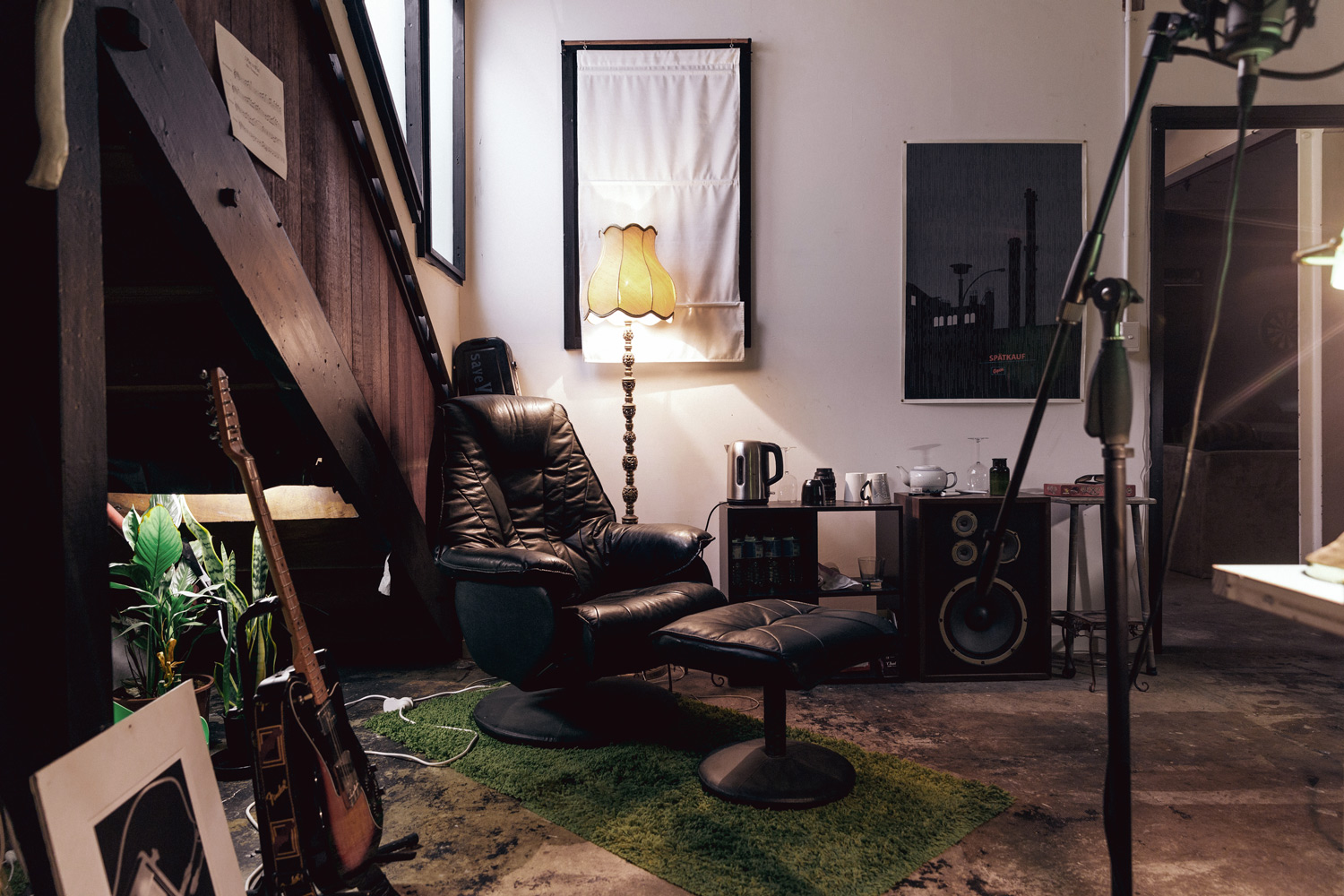6 Things I Wish Somebody Told Me – Composing for Feature Film
1. Creating a sound palette early is important.
People often talk about the value in creating a template for your DAW, and some people even talk about one for each type of project you are working on – film, games, advertisements, whatever – and this is good advice. It is also important to tailor that template to match the needs of the specific project you are working on. It is this process that will help to give your music a a unique sound that defines the piece.
When dealing with the seemingly infinite possibilities that computer audio provides us, it is all about constraints. Very early in the process begin to assemble in your DAW a set of sounds and instruments that match what you are envisioning.
It can be many instruments, in can be a full traditional orchestral template, but it doesn’t have to be. The sounds and instruments you choose will begin to work for you. You save them as a template in your DAW and each time you load up, you are given a palette that will help you to define the sound of the film. These sounds will of course change and get added to as the work continues, but creating a specific selection that works for you will be beneficial in many ways. As the saying goes: ‘freedom within constraint’.
2. Work with a locked off cut
There is nothing worse than having a whole lot of music laid out only to be provided with a new cut that throws everything out of sync.
People aren’t thinking about how much work it will cause if you get a new cut. They have other things on their mind. Insist on this.
3. Back up your work in three different places
Backup to the cloud
Backup to another drive
Backup to a drive that is kept in another place from your computer/studio
This sounds really simple, but when you’re dealing with large files, things get more complicated and it’s super easy to become slack. The trouble is worth it compared to the horror scenario of losing a feature film worth of work.
4. Version management
When you are working with smaller scale projects this is important, but when you are working on something larger, it becomes critical. We’ve all fallen into the trap where you label something ‘final mix’ only to be asked to bring up the bass, so you rename it ‘final final mix’. Listing files in numerical order works well (001, 002, 003, etc.).
If something as simple as this isn’t in place, big things can go wrong. It’s easier than you’d think to end up with a bad mix somewhere it really shouldn’t be.
5. Clarify the brief
From the perspective of someone who has been both the director and composer, I can say that clarifying the brief is one of the most important and overlooked steps going around.
In whatever combination of ways works for you, be it getting temp music, sending reference files back and forth, sitting down and having a listening party together, talking about moods and emotions, the director’s vision, or sharing artwork, make sure you are seeing eye to eye about not only the feel of the music, but also the demands and scope of the project.
Here are some good questions to know the answers to:
What’s the budget?
What sort of instrumentation is being imagined?
What’s the timeline?
Are there specific moments the music is required? Is there freedom at other times?
There may be some resistance during this process, either from the composer or the production. The questions may be seen as restrictive or limiting, and comedy might start talking about ‘freedom’. This should be kicked against. The benefits of a clear and comprehensive outline will be felt all the way to completion.
Once you finish this chat, jot down what was discussed and then email the notes to everyone relevant. This is a brilliant way of managing expectations and having a record of the discussion down the track. There are many ways this may become important, such as the job description drastically changing, or heading down a path that is wildly different from what was required. It is not just about preparing and insuring against negative outcomes, either, It’s above all about making sure you and the director are working for the same cause. Very often with something as subjective as music, it is easy to think you are sharing a vision only to discover that you didn’t see things as eye to eye as you thought.
People have ways of remembering things differently, just try to get absolute agreement with your friends about who said what the previous weekend! The record of those initial chats will become invaluable.
6. Learn about syncing
Syncing – locking the timeline of the project to the frames of the film – is something you will be doing a lot of and getting it wrong is not a fun or time-efficient option. Syncing can be full of headaches and can trip you up a lot, so do your homework thoroughly. This tutorial is a good start for those using Logic, (It is for Logic 9 but easily transferrable to X.)
—
I hope this list has been helpful. Happy composing, and if you have any questions or comments please feel free to get in touch with me here, or hit me up on Twitter @nepollock.

